Chelates In Nutrition
A comprehensive reference text explores the nature of chelating agents and the underlying reasons for their metal-binding properties and discusses the mechanisms of absorption for various metals and the possible role of chelating agents in influencing the utilization of certain minerals. Topics include: the physico-chemical characteristics of chelates and chelation and their measurements; the bioavailability of metals and proteins as ligands; the role of phytic acid and other phosphates as chelating agents; miscellaneous chelates (oxalic acid, ionophores, clays); the chelation, uptake, and transport of zinc, and the influence of various foods and synthetic chelates on zinc availability; the chelation, and bioavailability of iron, and the effect of various chelating agents on nonheme iron absorption; chelation of copper by food substances; the chelation of miscellaneous minerals; the role of iron and copper chelation in reproduction; chelate toxicity; the use chelates in metal detoxification and therapy; and the use of chelates for removing metals from dietary ingredients. Technical data and illustrations are presented throughout the text, and reference citations are appended to each of the 12 principal text chapters
{{comment.content}}
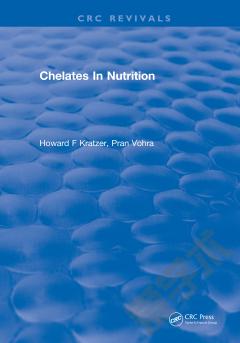
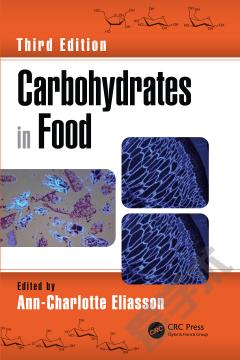
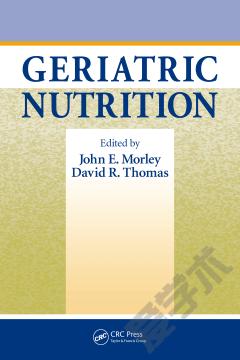

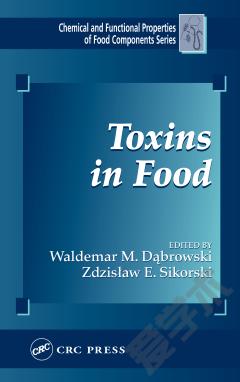

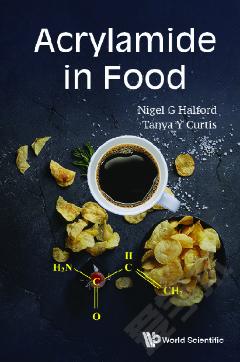

 京公网安备 11010802027623号
京公网安备 11010802027623号